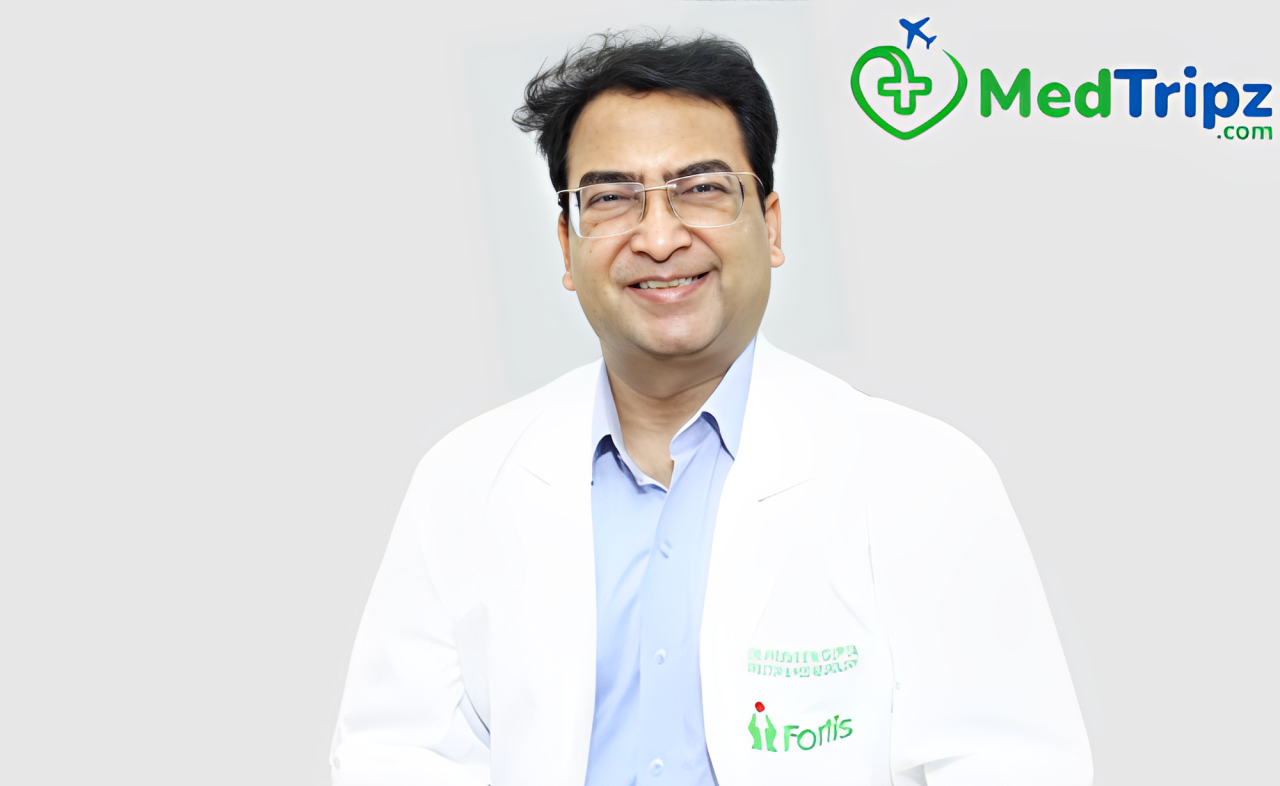Procedure Type
SurgicalProcedure Duration
1 - 2 HoursHospital Stay (Days)
2 - 7 daysA ventriculoperitoneal (VP) shunt is a medical device surgically implanted to reduce pressure on the brain caused by the buildup of cerebrospinal fluid (CSF). This condition, known as hydrocephalus, occurs when the normal circulation and absorption of CSF are disrupted. CSF serves several important functions, such as cushioning the brain, delivering nutrients, and removing waste. When it accumulates excessively in the brain’s ventricles, it creates pressure that can damage delicate brain tissue. The VP shunt works by redirecting the fluid from the brain to the abdominal cavity, where the body can naturally absorb it, thus restoring a healthy balance and relieving symptoms.
Hydrocephalus can occur at any stage of life, but it is most commonly diagnosed in infants and older adults. It happens when there is an imbalance between the production and absorption of cerebrospinal fluid. This can result from overproduction of CSF, the inability of blood vessels to absorb the fluid effectively, or obstructions that prevent the fluid from flowing through the brain. Blockages are often caused by cysts, tumors, or inflammation and are the most frequent reason for fluid buildup. As pressure builds in the brain, symptoms may develop, such as an unusually large head in infants, headaches, irritability, seizures, extreme sleepiness, appetite loss, developmental regression, poor coordination, vision problems, and memory difficulties. Diagnosis is confirmed through imaging tests like ultrasound, CT scans, or MRI, which help doctors assess the amount of fluid and the size of the brain’s ventricles.
The VP shunt placement procedure is performed under general anesthesia, so the patient remains unconscious and pain-free throughout the surgery. The entire operation typically takes about 90 minutes. Before surgery, patients may need to follow fasting guidelines, which vary based on age. For example, adults and older children may need to stop eating and drinking for about eight hours prior to the procedure, while infants might stop formula and solid foods six hours before surgery but can usually have clear liquids until closer to the time of the operation. During the surgery, the surgeon makes a small incision behind the ear and creates a tiny hole in the skull. A thin, flexible tube called a catheter is inserted into the brain to drain the fluid. Another catheter is threaded under the skin from the head down to the abdomen. A small valve or pump may also be implanted under the scalp to regulate fluid flow. The system works continuously to divert excess CSF into the abdominal cavity, where the body absorbs it.

PRINCIPAL DIRECTOR & HEAD NEUROLOGY

Chairman M.B.B.S, M.D, D.M, D.N.B

DM Neurology, PDF Epilepsy, PDCC Epilepsy
Recovery from VP shunt surgery usually takes around three to four days, with most patients being discharged from the hospital within a week. During the hospital stay, healthcare professionals closely monitor the patient's heart rate, blood pressure, and neurological status. Preventive antibiotics are typically given to reduce the risk of infection. Before leaving the hospital, doctors ensure that the shunt is functioning properly and that no immediate complications have arisen. Patients are generally advised to rest and avoid strenuous activities for a period of time, and follow-up appointments are scheduled to monitor the shunt’s function and the patient's overall recovery.
After the initial recovery from surgery, regular follow-up care is crucial to ensure the shunt continues to function properly. Patients will need to attend periodic medical appointments where doctors assess neurological function and may perform imaging studies to check the position and performance of the shunt. Any signs of complications—such as headaches, nausea, vomiting, changes in behavior, or signs of infection at the incision site—should be reported immediately. In children, additional monitoring is necessary as they grow, since shunts sometimes need to be adjusted or replaced to accommodate developmental changes. With ongoing medical supervision, most people with a VP shunt can manage the condition successfully over the long term.

Gurugram, India

Gurugram, India

Gurugram, India
Honest Guidance, Reliable Support, Seamless Journeys.
Provide Us
Reports


Get Medical
Opinions


Pre-Arrival
Arrangements


Visa
Support


Assistance in
Treatments


Fly back and
Follow Up

